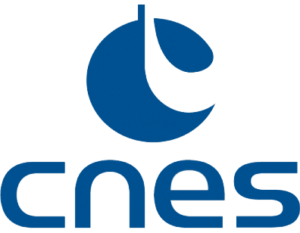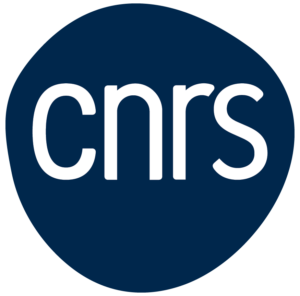Design, manufacturing, manufacturing follow-up, integration, support to AIT/AIV. Mechanical engineering calls for numerous professions that involve qualified personnel, who are most of the time led to collaborate with various laboratories of the CNRS, the CEA, the CNES, the space agencies (ESA, ESO, NASA) and industrialists (Alcatel, Astrium, etc.).
The consortia thus formed, due to the division of projects, impose rigour in the management of interfaces, and require the application of “quality plans”.
-
Design
During the feasibility study, a mechanical concept is built around the optical path. At this stage of the design, the main lines are drawn, i.e. the positioning of the optical components and the supporting structure. It is then possible to estimate the external envelope and the mass of the instrument. The designer has access to computer-aided design software (CAD Catia V5), which also allows him to carry out mechanical and thermal pre-dimensioning calculations.
In the particular case of a space project, various models will be developed during the different phases of the project. These models are more or less detailed mock-ups allowing the validation of the different options retained, whether it be the mechanical concept, the choice of materials or the mechanical strength.
The simplest of these models is the structural and thermal model known as STM, which is only representative in terms of centre of gravity, inertia and thermal characteristics. The STM makes it possible, at reduced cost and time, to ensure the mechanical and thermal compatibility of the last model, the flight model called FM.
Other intermediate models will allow the functionalities and the external environment to be checked (temperature, vibration, life span, resistance to radiation, etc.). These intermediate models are the engineering and qualification models, also called EQM.
An EQM that is sufficiently close to the FM can be reconfigured into a spare model. -
Modeling and analysis
The design phase itself requires technological knowledge allowing the appropriate choice of materials, the detailed study of the mechanisms, the approach to the mechanical and thermal behaviour of the instrument. Software dedicated to the calculation of structures using the finite element method, such as Nastran, allows the behaviour of structures subjected to different stresses to be simulated. Simulations in linear or non-linear statics, dynamics, shock response, conductive and/or radiative thermics are often essential steps before a design is approved.
-
Manufacturing and follow-up
The various parts making up the instrument are manufactured on conventional or numerically controlled machine tools. Subcontracting may be required for specific machining operations, such as electro-erosion cutting. All the components of an instrument have a tracking card which is issued as soon as these components are machined. These sheets show all the operations carried out, from the production of the raw material to delivery, thus allowing basic traceability. The most precise parts are controlled by three-dimensional measuring machines (CMM) operating in a clean, thermostatically controlled chamber.
-
Integration
Mechanics are also called upon for the assembly, integration and testing (AIT) phases for which they are best prepared.
Instrument integration activities are among the most important tasks on which the success of the instrumental environment tests and the success of a mission depend. -
Maintaining simulation and manufacturing resources
The use of NX™ Nastran software, a flexible and streamlined interface based on the latest technologies, allows for the continuation and strengthening of integration with the most widely used structural and thermal solvers in simulation.
For CNC machining, the use of various CAM software (CATIA, Esprit) allows a great capacity of implementation.
For three-dimensional measurement, Calypso and PowerInspect software allow not only 3D control of part conformity but also retro-engineering, which is essential for AITs. -
R&D
Project of a new generation spectro-imager on the TNG (Telescopio Nazionale Galileo). This multi-object spectroscopy (MOS) instrument based on a 2048 x 1080 digital micromirror (DMD), to be mounted on the TNG, is called BATMAN. A two-armed instrument, designed to provide parallel imaging with spectroscopic capabilities. BATMAN will be mounted on the TNG’s Nasmyth platform and rotated during the observation.
-
Teaching
The mechanical department supervises trainees throughout the year, from Bac+2 level to engineering schools. Courses are given at the Ecole Centrale de Marseille and in the IOL Master’s programme. Topics include: telescopes, the development of a space instrument, the basics of structural calculations, an introduction to shock calculations, and the thermal control of spacecraft.




